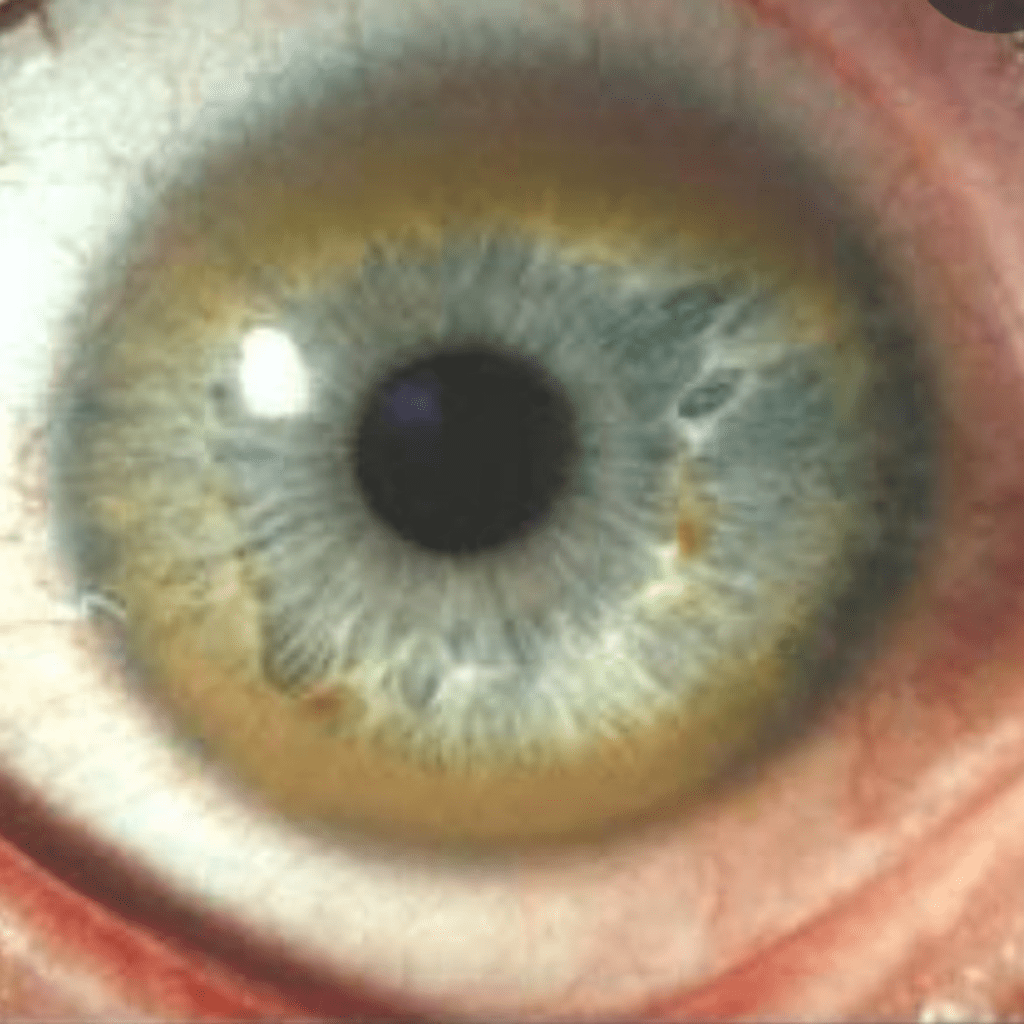THE SOCRATIC METHOD: HOUSE MD SEASON 1 EPISODE 6
The beginning of the program features a 38-year-old woman, Lucy, who exhibits abnormal mental behavior. She develops a sudden leg ache and shortly thereafter passes out from respiratory arrest. The hospital’s ER physician writes off her condition as a case of deep vein thrombosis (DVT) brought on by alcoholism. (DVT is a condition in which a blood clot forms in one or more deep veins in the body, usually in the legs causing leg pain or swelling).
Dr. House finds it strange for a young female to have a DVT, when it is more common in older age group. He decides to take up the case and brings his team together.
When Lucy began throwing up blood, vitamin K deficiency was initially assumed to be the cause. She was later on found to have a liver tumor. This clarified the cause of the blood clotting issue and the bloody vomit. Due to the central role the liver plays in the clotting process, both acute and chronic liver diseases are almost always accompanied by coagulation disorders.
Lucy, worried about who would look after her 15-year-old son, calls the child welfare service to ask for assistance. Dr. House discovered that it can be difficult for someone with schizophrenia to make such logical decisions especially after stopping their psychiatric medications.
Later, a straightforward slit lamp examination by Dr. Foreman that revealed a yellow ring helped solve this case. What did Dr. Foreman see on the slit lamp? Let’s find out.
WHAT IS WILSON’S DISEASE?
A rare genetic disorder called Wilson’s disease affects roughly 1 in 30,000 people. Copper builds up in the body, causing damage to tissues and organs, especially the liver, brain, cornea, and kidney, and resulting in chronic liver disease, neurological problems, and psychiatric problems.
Although it can affect people of any age, Wilson’s disease typically affects people between the ages of 5 and 35 years.
Wilson disease is treatable with early detection, and many affected people lead normal lives.
CAUSE
A genetic change in the ATP7B gene is the root cause of this. This gene codes for a copper-transporting ATPase 2 protein, which removes excess copper from the body and transports copper from the liver to other tissue.
Strong bones, collagen, and the melanin pigment in the skin all depend on copper, which is also necessary for many cellular processes, but too much copper can be toxic.
The transport protein cannot function properly because of variations in the ATP7B gene, found in patients with Wilson’s disease. Lack of this protein prevents the body from excreting extra copper. As a result, copper builds up to toxic levels, causing harm and diseases like chronic liver disease and abnormalities in the central nervous system.
FIRST SIGN AND FIRST SYMPTOM
The first sign of Wilson’s disease in children and young adults is typically liver disease. Yellowing of the skin or the whites of the eyes (jaundice), fatigue, appetite loss, and abdominal swelling are all indicators of liver disease.
The first symptom in young adults with Wilson’s disease frequently is nervous system or psychiatric problems. Clumsiness, tremors, trouble walking, speech issues, diminished thinking ability, depression, anxiety, and mood swings are some of the issues.
EYE MANIFESTATIONS IN WILSON’S DISEASE
Historically, the Kayser-Fleischer ring (K-F ring) and Sunflower Cataract (SC) have been used to diagnose Wilson’s Disease.
1. Kayser-Fleischer (KF) ring :

Many Wilson’s disease patients have copper depositions in the Descemet’s membrane, the cornea’s peripheral inner layer. The ring is green, reddish-orange, yellow, or brown.
While it is present in more than 90% of patients with neurologic manifestations, it is only present in 50–60% of patients with only liver involvement.
Although residual peripheral corneal changes might persist, a successful treatment should result in the corneal copper deposition being reabsorbed and the KF ring being cleared.
KF ring enables the monitoring of treatment efficacy as reappearance of ring could indicate treatment non-compliance
2. Sunflower Cataract (SC)
The second ophthalmic sign of Wilson’s Disease, known as the sunflower cataract (SC), has been described as the pathognomonic sign of Wilson’s disease. SC is a very uncommon symptom that may go away with treatment.

A thin, centralized opacification caused by copper deposition is present under the anterior capsule of the lens in SC. This design has a large central disc surrounded by petals, much like a sunflower. Since SC is reversible and disappears with treatment, it is not a “true” cataract.
DIAGNOSIS:
- Slit lamp testing: Shows KF ring and/or sunflower cataract
- Gonioscopy: During the early stages, the KF ring can be seen only superiorly using gonioscope.
- Systemic copper level: Urine copper level, ceruloplasmin, and serum copper levels. Diagnostic indicators include elevated urine copper level, low serum copper level, and ceruloplasmin level along with ocular findings.
Treatment:
- Systemic therapy for life.
- Liver transplantation in cases of liver failure
- There may be no need for treatment for ocular manifestation.
